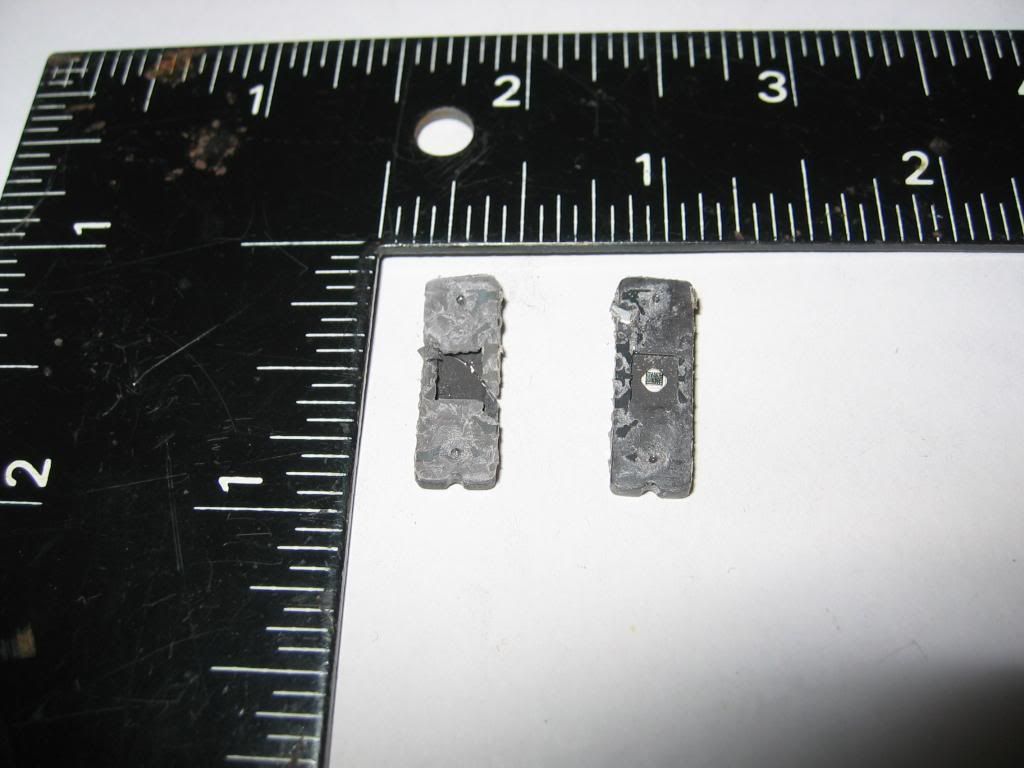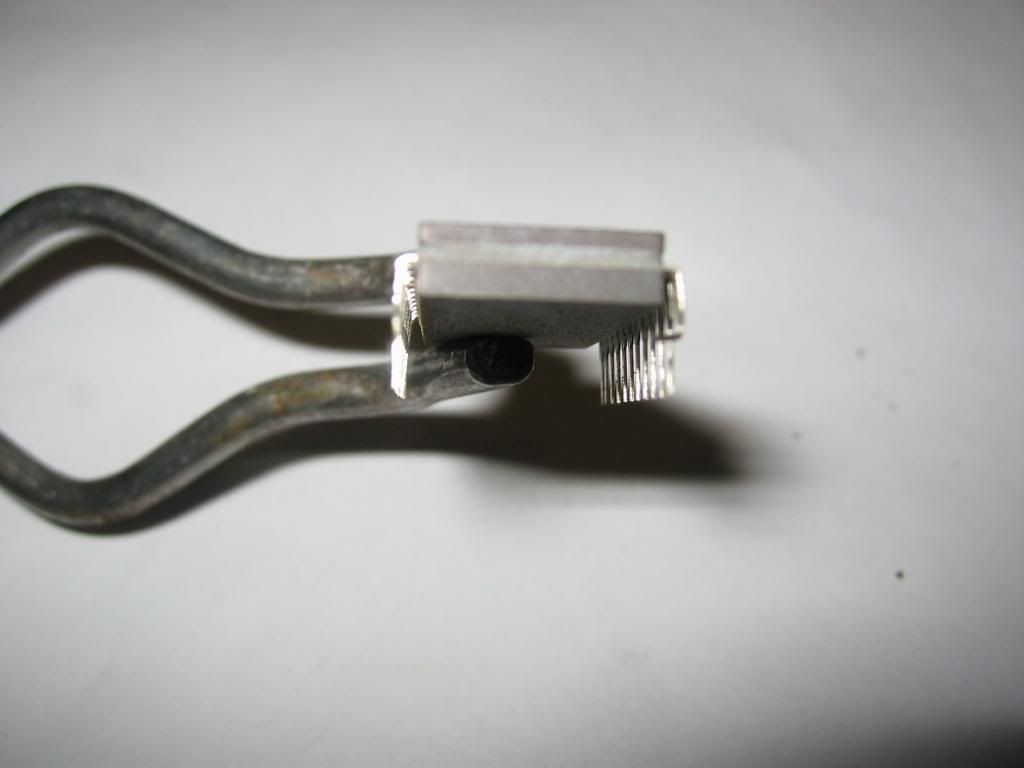If you are planning on selling your ICs Proms and Eproms to people who are going to refine them, I wouldn't crack them open to show what's on the inside. Once you do, it's difficult to tell if it's an IC, Prom or Eprom and all the refiner has to go on is your word. And as we all know, when dealing with precious metals, everyone believes everyone else is attempting to rip them off.
On the inside of these chips, you could have gold, silver and/or palladium, that's right there is palladium in some of these as well. Also, sometimes the silver material you are looking at isn't silver or palladium at all, but tin.
So far as the legs are concerned, if they are silver, you can almost be sure they are tin and not silver. The reason why silver is used on the inside and not the outside is that silver oxidizes which affects it's ability to conduct electricity properly.
By cracking the Prom/Eprom/IC open, you run the risk of loosing the tiny little wire leads that are almost always some time of precious metal. Here are a few pictures of what I am talking about
:



I really like this picture of a white ceramic Eprom with the wires showing through the window:

Also, the older Eproms/Proms/ICs are worth more because the precious metals were worth less, and the technology to deposit the precious metals was not nearly as advanced as it is today. So your white ceramic chips are generally the oldest. Here is a picture of some white ceramic chips:
Eproms:

Proms:


Here is a picture of white Eproms, purple Eproms and Proms, Eproms are the ones with windows, UV light was used to erase them so they could be reprogrammed. Proms have no windows and the ICs are the smaller, skinnier purples ones on the left hand side. Purple ceramic is not as old as the white ceramic, but there is some crossover. Generally the white ones should be saved for collectors because they are worth more as collector pieces than they are for their precious metals.

The newest Eproms, are generally grey or black. Here is a picture of a newer Eprom:

The layer the OP is talking about is the oxide layer, it is weaker than the silicon, and also holds the channels the legs are set in. Like I said above, I wouldn't crack these open in order to sell them to refiners. I would keep them whole, and maybe only crack open one to show pictures of it so the person buying can see what's inside. You can buy a digital microscope to take pictures of the fine wires on the inside, if you are really industrious and plan on selling a lot of these.
And remember, just because it's silver in color does not mean it's silver, it could be palladium also. Palladium is sometimes used because it doesn't oxidize like silver.
I thought I would throw in a picture of some gold IC chips that were plated top, bottom and the legs as well. I sold these for $35 each which is far more than the gold content. If you look under the vintage computer section on
ebay, you can get an idea of what chips you can sell for more than their scrap value. If you are pulling any of the older chips I would check this section of ebay first:
Vintage Computer in Other | eBay
And if you do a search for vintage Eproms this is what you might come up with:
vintage eproms | eBay
You can see the value on some of these is far more than what they might bring processing them, and you certainly wouldn't want to break off the eprom window. Here are some Proms:
vintage prom chips | eBay
Scott












 Register To Reply
Register To Reply

























Bookmarks